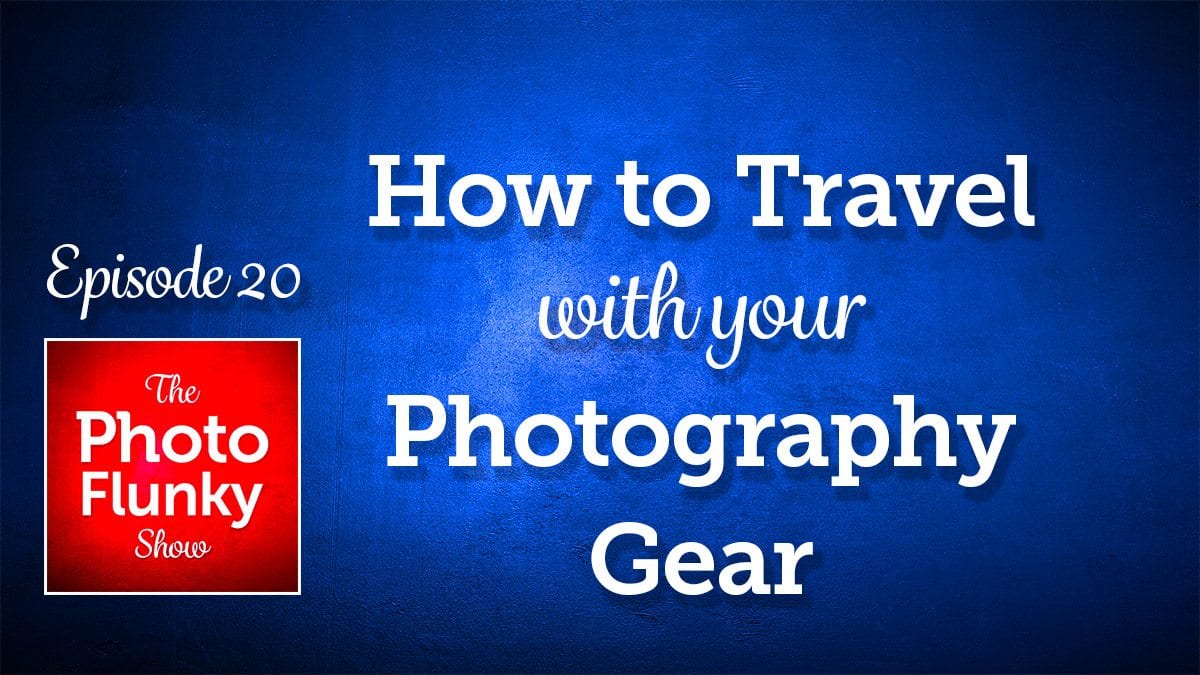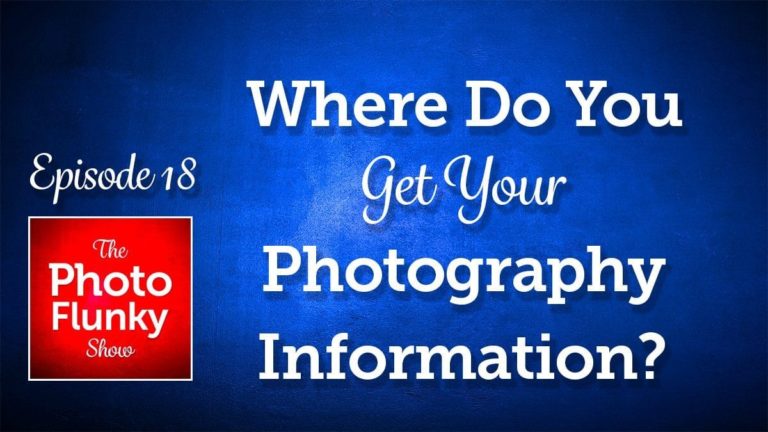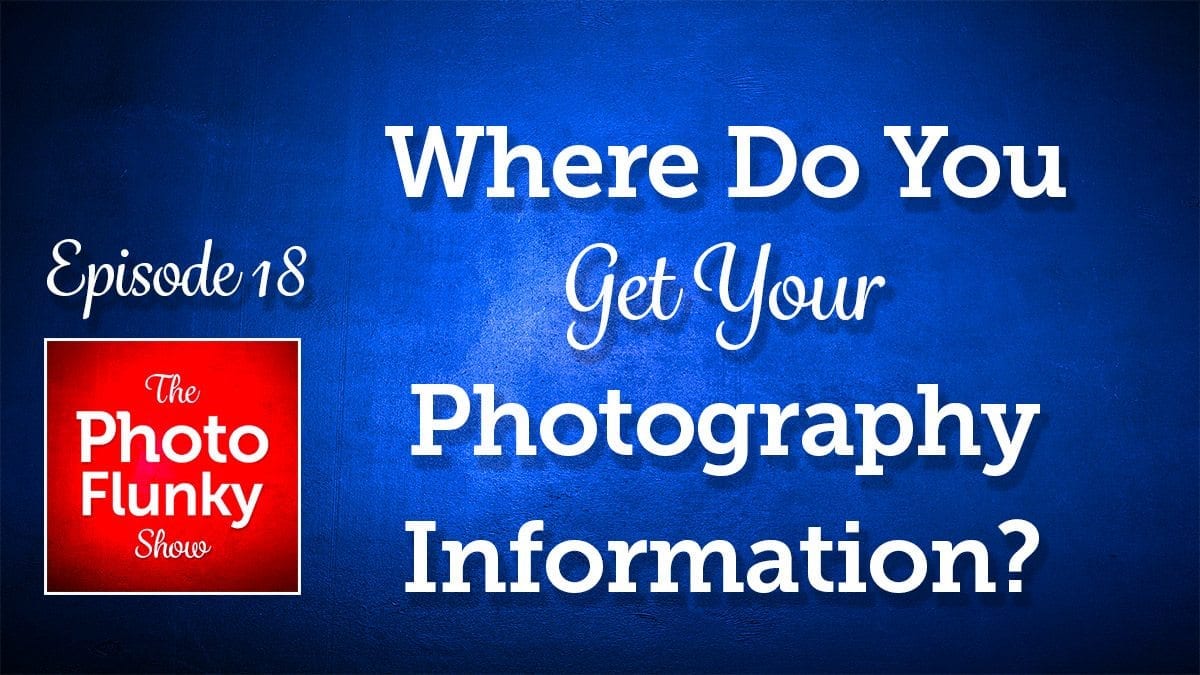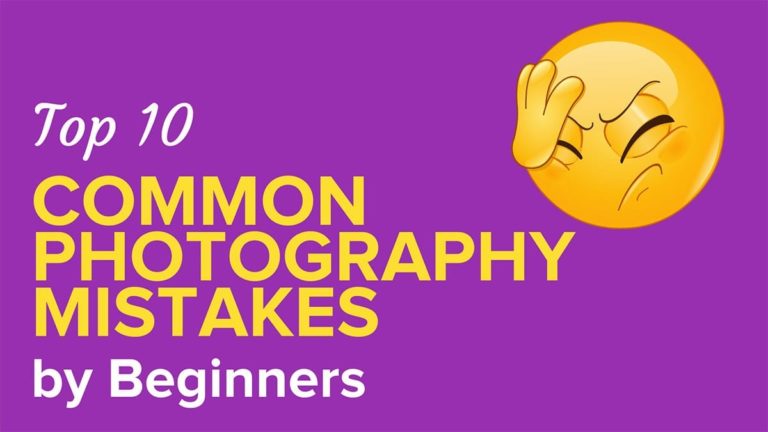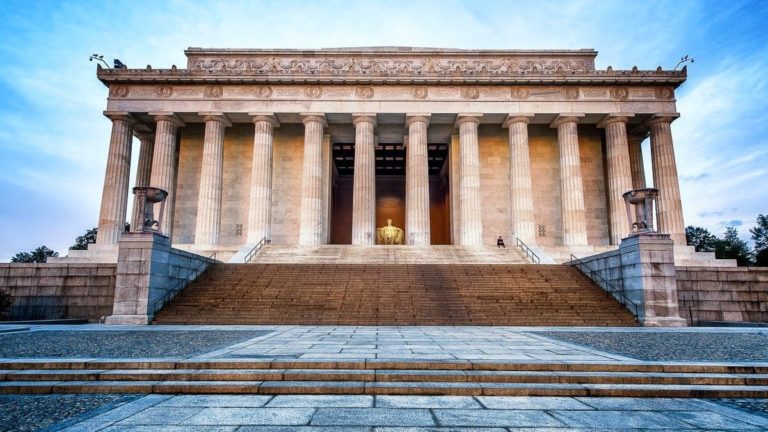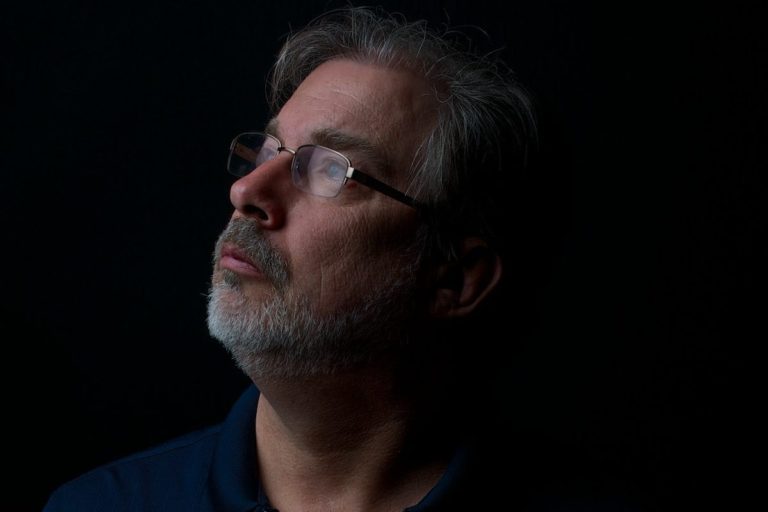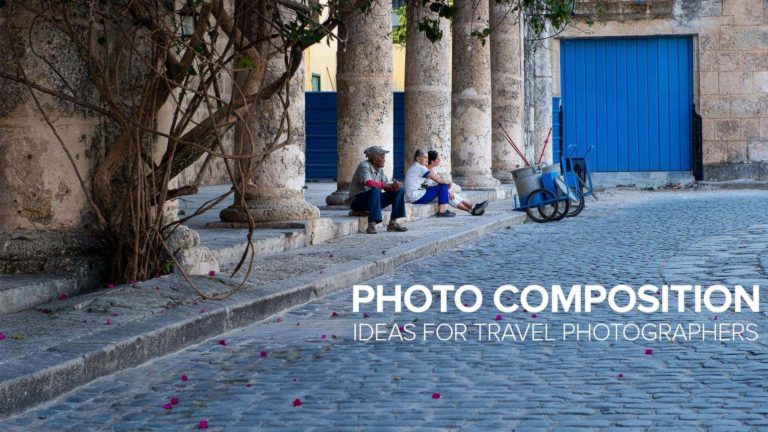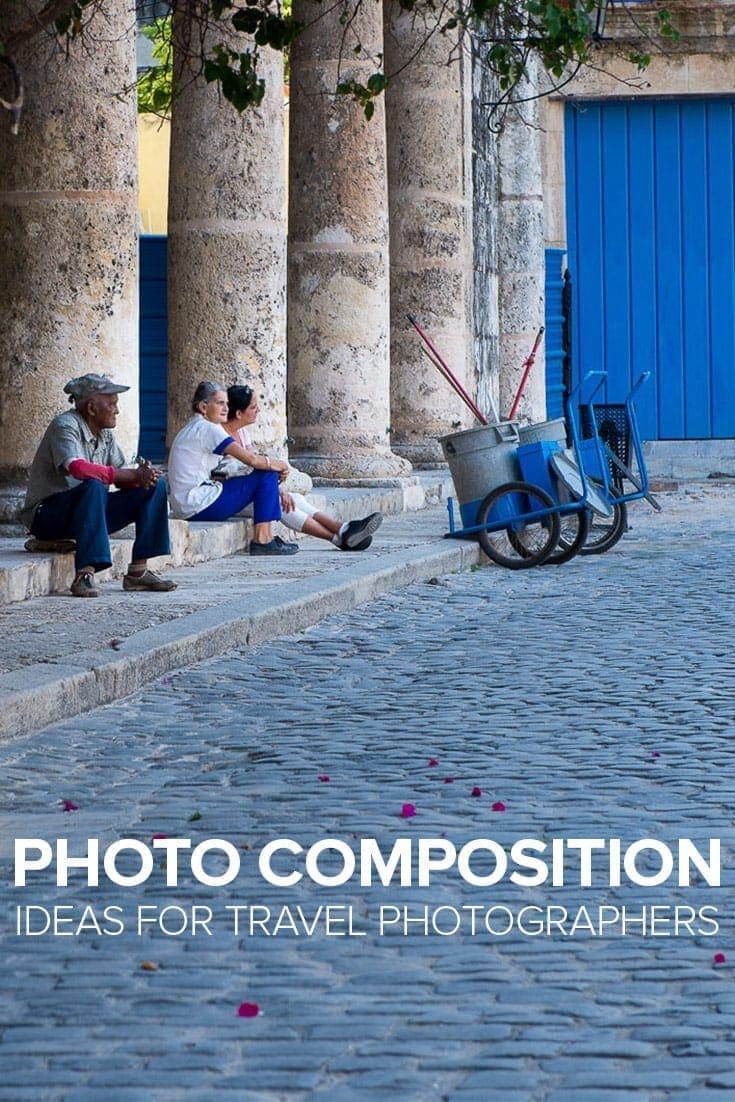Affiliate Disclosure: We earn a commission if you purchase through one of our links at no additional cost to you.
Want to Know How to Travel With Your Photography Gear?
Welcome to episode 20 of The Photo Flunky Show. This week’s show discusses some tips and precautions you can take with you travel with your photography gear.
Lee and I both have experience with local and international travel with our cameras. Episode 20 covers some ideas of how to protect your gear and your photos while transitioning from airplane to hotel and walking about with some travel photography.
We mentioned a few products that may help you and some insurance. Check them out below in the Related Links.
Related Links
- My Resource Page
- Think Tank Photo Airport TakeOffª
- Think Tank Photo Airport Roller Derby
- Timbuk2 Bags
- PPA Insurance
- Hill & Usher Insurance
Subscribe to The Photo Flunky Show
Thank you for listening to The Photo Flunky Show. Make sure you get every episode by subscribing.
iTunes – https://williambeem.com/itunes
Stitcher – https://williambeem.com/stitcher
Google Play – https://williambeem.com/googleplay
Blubrry – https://williambeem.com/blubrry
Transcript
Welcome to the Photo Flunky Show, Episode number twenty.
The topic for this show: How To Travel With Your Photography Gear.
Hi, welcome to the Photo Flunky Show, available at photoflunky.com. I’m your host, William Beem.
Lee: Hi, I’m Lee.
William: And episode twenty we’re up to right now. You can find show notes at williambeem.com/episode20 or of course they will be on the player at photoflunky.com.
Alright. So today we’re talking about how to travel with your photography gear. Both of us have had to take a number of trips and mostly for different purposes, but the same problem comes up. You’ve got a bunch of gear, you want to travel with it safely. That’s not just how you’re going to travel from the airport, but also what you’re going to do in the hotel and what you’re going to do when you’re walking around in the place where you’ve arrived for your shoot.
So, let’s start off with airline travel. And before you even get to the airport, how do you pack your gear? Are you looking for something like a rolling bag, are you looking for a backpack? Lee, let’s start off. You’ve done a number of vacations coming from Europe over here. What would you prefer?
Lee: Well, first of all I have a look at what’s going to suit me when I’m walking around and I prefer a camera backpack. I’ve got a nice, fairly compact one that pretty much swallows everything that I’ll need in a given day on an average day. So I like a rolling bag where I can squish the camera backpack into it and then still fit my laptop and whatever my travel documents and wallet and those things into that rolling bag. So I’ve got one piece of carry on luggage, but it’s got my camera things in it. Does that make sense?
William: So when you’re looking at a rolling bag, are you talking about a typical piece of carry on luggage or are you looking at something dedicated to photography gear?
Lee: Not dedicated to photography at all. My camera backpack is dedicated to photography. I’ve seen some wonderful photography specific rolling bags, but I need to get things that are not photography gear into that rolling bag as well as my photography kit for travel and so I just go for a standard, and not even an expensive one. I just go with something that suits me and that fits within the dimensions of airline travel, if you’re flying.
William: So once you’ve put your photography backpack inside of the carry on rolling bag, do you have room for anything else or is it all dedicated specifically to your gear?
Lee: I guess that depends on how much space you’re allocated. You know, again, assuming that an airline has put restrictions on that and how much stuff you’ve got in your camera backpack. That’s why I like the fact that my camera backpack is fairly compact. It will take my DSLR body and it will take a zoom lens and probably two or three spare lenses and then battery chargers and things like that. So I am pretty happy with the size. I’ve seen some bigger ones and they would be a bit of a squish to get in there.
William: For my own sake, I’ve done this both ways. I’ve got rolling bags, but instead of using a regular roll aboard that you’d use for luggage, I’ve got something dedicated. I use Think Tank products for my roll aboard and if you go to my Resources page you can see them out there. So that’s at williambeem.com/resources and I’ll try to put links to that in the show notes for the specific products.
The Think Tank Airport series is really great because you’ve got individual little Velcro straps. There are sections that you can build as you want to shape your camera bodies, your lenses or whatever other gear you’re going to put in there. It’s very solid, it’s tough ballistic stuff and the wheels are great. They give you nice quality wheels on them.
One of my favorite ones is a little bit shorter than the one I had before, but it has four wheels on it and trust me, when you’re going through an airport it is much nicer to roll things upright on four wheels instead of putting something on two wheels, tipping it over a little bit and lugging it along behind you. So if you can fit all your gear in something that rolls on four wheels, that’s the ultimate to me.
There are times when I don’t need to take quite that much gear. I don’t necessarily need all of my lenses or a bunch of flashes or things like that. I’ll put it in a carry on bag and again, I’m going with Think Tank.
There is one they had called a Sling-O-Matic. It’s an over the shoulder rather than a backpack and they slip around, but what I liked about that is there were three main sections for it. But there was also a side pocket for my laptop. Any time I’m going off on a photography trip I need to take a computer with me because I’m going to come back in the evening, get to the hotel room and load my photos up and take a look at them.
So Lee, when you were doing your traveling, was it important for you to take a laptop or was it just good enough to take your camera gear and then load your cards up when you get home?
Lee: Oh, no, I always took a laptop and I didn’t actually take a laptop only because of photography related issues. I mean that was obviously a big part of it, but I also like to have a laptop if I was traveling outside of the country, even far away from home. You know, if something goes wrong, stuff can happen, having a laptop to be able to make plans or contact people, especially if you don’t have a cell phone plan that allows you to make calls in that country, it can become a nightmare.
So yes, the laptop is an absolute essential. I would never travel without it.
William: And that kind of limits you as well when you’re getting on board of an airplane, if you’re flying and traveling that way. Here in the States I know that you’re allowed one carry on and one personal item, which some people’s personal items are practically another carry on themselves. Can you take everything that you need on a single trip with just that limitation, or do you find you always have to check something?
Lee: I always – no, I don’t want to say I always check something – but usually if I’m going away for more than a week, I’m expecting I’m going to have to check something. Going back to the personal item, most airlines (the policy differs by airline) actually allow you to have your personal item as a laptop bag and they are quite generous with the dimensions for that. So I like the sound of your Think Tank that you just mentioned – the last one that takes the laptop – so that’s a great option if you don’t get a personal item that takes one.
William: When I’ve got my Think Tank roll aboard, the Airport TakeOff, typically what I’ve done for a personal item is a laptop bag. The ones I like most are messenger bags from Timbuk2. I’ll put a link to them in the show notes. So it’s a very good, roomy bag. You’ve got messenger style, so that’s going to be over the shoulder or you could put it on the handle of the Think Tank roller and just stroll along and have one hand free and the other one gripping the bags and just moving away.
I kind of like that approach. I’ve never found a time where I’m really taking just carry on stuff for a trip. Usually I’ve got to check something. Is there ever a time that you would check some of your gear as luggage?
Lee: I would. I have. But, it’s not the camera body and it’s not the lenses. I keep my batteries, the camera body and the lenses with me. The accessories, like filters and battery chargers, my tripod; my tripod gets checked. And I think if you travel and pack the way that I do, where you’ve got the camera bag as part of your carry on, there really isn’t space to pack for yourself anyway so I’m almost compelled, if I’m flying, to check my bags, which usually whoever I fly with gives me a checked bag allowance in any event.
William: And that’s kind of what happens with me as well. When I’m taking my larger tripod, I’m using a Really Right Stuff TVC33, I think and that’s the tall, thick tripod leg. It’s going to take up a lot of space. It almost takes up the length of my suitcase going from top to bottom. Maybe not the whole thing, but at least it takes up a good chunk of it. And then I’ll pack things around it, but for some reason I always put the ball head in what I am carrying on. I don’t want it to go with the stuff that’s getting checked. But if I’m taking battery chargers or accessories like that, I don’t mind putting them in checked luggage.
What do you worry about most as far as checked luggage? Are you worried about theft or are you worried about damage?
Lee: I really worry about damage actually. I think theft – look, theft happens and it can happen – but I think the incidence of theft in checked bags, especially in airports, is lower than the incidence of damage. I’ve been the victim of damaged bags, just horrendously badly damaged bags before. Never lost any camera gear, but that’s my primary concern. So I’m more worried about how I pack and I make sure I’m insured and leave it at that.
William: I think one of the other problems is it’s not necessarily that you’re going to have theft or damage, but airlines deal with a lot of bags and sometimes a few of them get misrouted. So if you get to your destination and your bag isn’t there with you, they always promise they’ll get it up to you, but if you need to shoot that day and you don’t have your gear with you, you’re kind of out of business for whatever was in that bag.
Lee: That’s true, but I suppose it depends on the kind of photography assignment or the type of photograph you’re planning on doing when you arrive. Usually I find that two fully charged batteries, one to use and one as a spare with my camera and the lenses I’m going to use, that’s on my person anyways. So when I get there, if a bag did get misrouted and have to catch up with me a day or so later, I’ve probably got enough battery to at least get me through the first 24 hours.
William: And you like to keep your gear insured though, just in case there is something wrong.
Lee: Oh, absolutely. I always made sure that insurance was one place that I didn’t skimp.
William: You told me in the past, but was it home owners insurance or was there something specific you had for travel? I’ve had both. There was a time where I had a very good ... I always had it covered as additional items on my travel insurance. But there are also a lot of restrictions and they tend to ask you to put out quite a lot if you make a claim, so that’s not the best way. It’s a nice thing to have and it usually came with travel insurance policy, because I usually went for a good one because of other things I wanted covered, but my home owners insurance had an add-on that covered my gear outside of the house even for accidental damage on my part. You know, if I did something stupid and it was accidentally damaged, it was covered for that.
William: And if you’re not a home owner, there are a few other ways to get insurance. One of them is a policy if you join Professional Photographers of America (ppa.com). You have an option there to get some basic coverage and insurance with your membership, but also you should probably, if you’re going to be doing this as a business or you just want to make sure that all your gear is covered, go to a company like Hill & Usher and they can write up a policy for you.
How much it costs is going to vary depending upon what gear you are insuring and what kind of photography you’re doing. I would say you could probably get a policy to last you for a year under $700 or so, roughly speaking. Again, it varies depending upon what your requirements are, but $600-$700 a year for an insurance policy that may save you or at least reimburse you in case of loss or theft or damage seems to be a good investment for a business.
Lee: I think if you don’t travel regularly, I was often able to get something that was just for that specific trip so if you don’t have that kind of money to put out, there are other options. It’s going to work out probably more per week than taking a full year, but there are options that can at least give you peace of mind if you’re really concerned about it.
William: And the thing about the business insurance from Hill & Usher that I mentioned. That’s not just covering your gear, but that’s also to help you with liability protection.
So if you’re going to be doing photography for work on someone else’s site, they are probably going to be worried about you in case there’s any damage done. You can say, no worries. I’m insured. Here’s the paperwork to prove it and that will open up a lot of doors for you if you want access to some place that normally you may not get into.
Lee: That’s a nice thing to have as well, then.
William: It is!
Alright, so once you’ve arrived there, you’re going to get to your hotel room. Most rooms these days will have some kind of a hotel safe. That may not be the only place you want to keep your gear, so Lee, tell me again what you’ve done.
Lee: I’ve done some things that are probably frowned upon. I do use the room safe. I do keep the key with me. Room safes sometimes have a limited capacity and I don’t really care for the option, where available, of checking things in with the front desk, because they always make you sign something that tells you that if anything happens they are not responsible. So I don’t really see the point.
Room safes; the smaller ones I’ve managed to get a couple of spare lenses in there and that’s fine. Most of the time when I’m out, I do have my camera with me. If not, I put it into the camera bag; I close it up, stick it into one of the suitcases and zipper up the suitcase and lock it. That’s really all that I did.
It’s not out on display. If nobody knows there’s a camera in the room, there’s no sign of it, they would have to pull the whole suitcase out. And if somebody wants to steal something, they’re going to steal something, but I doubt that maid service is going to start hauling entire pieces of luggage out of the rooms.
William: Hopefully not. And that’s one of the problems I’ve run into as well. Depending on the hotel you go to, the room safes seem to be designed for a laptop or maybe a few valuables or things like that. They are usually wide and deep, but they are not that tall.
I found that I can put my laptop in one safely. I’ve got a 15 inch MacBook Pro, and maybe a lens or two, but not necessarily put in something like my 70-200 mm lens along with the MacBook Pro. It depends again on the room that I’m in.
So the question is, what do you want to protect the most? Both your laptop and if you’ve got a lens like a 70-200 mm; those both cost about the same amount. To me I think that kind of goes back to one, how much faith you have that no-one is going to break into your room and take anything and two, how well insured are you and what’s covered on the insurance?
Lee: Maybe that’s why I was so relaxed about it, because I was insured. And look, don’t get me wrong. If something gets stolen, it is a royal pain in the butt. You really lose so much time trying to sort it out. You don’t get stuff back straight away so you’re going to lose time. You might actually lose all the potential photos from that trip.
I also think that sometimes you’ve got to find the balance between being sensible and being completely paranoid.
William: See, that’s one thing I make sure I put inside the safe. That would be my cards and external hard drive of the things that I’ve shot for the day. You may steal my camera, you may steal my lens and I can’t take any more pictures right then, but I’m going to make sure that I’ve protected the data that I have because I can’t replace that.
I kind of look at I’m protecting probably the laptop and the cards and an external drive before the lenses or the camera, honestly, if I’m going to put something in the safe.
Lee: Yeah, you know it comes down to common sense. Don’t leave things lying about in plain view. Don’t leave temptation lying around.
The vast majority of people servicing hotel rooms are honest and they are not going to do anything. The only time you hear about it is the exception to the rule. You don’t hear about all the times that people go in and move something so they can clean underneath it and put it back where it belongs.
William: I think that’s generally true. I’ve never had a problem with the employees at the hotel. I’m sure it’s happened somewhere that they’ve taken something, but generally speaking, I’ve never had a problem with an employee taking anything. Not once.
The part that worries me is when they are working on your room, they are leaving the door wide open so they have easy access to their cart and going back and forth and if they are not attentive, someone else may come through and if something is out and about, then there’s a crime of opportunity, that raises the possibility if your stuff is visible.
If I can’t lock it up in the safe, I kind of like your suggestion. At least put it in the suitcase or someplace out of view where people don’t see it and they don’t know they can steal it.
Lee: And lock the suitcase and stack the suitcases up neatly in the corner. They are kind of heavy. I tend not to unpack stuff into the hotel room. I’ll leave things in the suitcase anyways. They are not entirely empty.
William: See I even take that a step further. I put the suitcase in a closet someplace so that people don’t see that and think of something to roll out and check it out later. I don’t want them to see anything in my hotel room.
Lee: You know it’s funny that you mentioned the hotel room door being left open. It’s happened to us twice where we know that the rooms were getting serviced in the morning and we’ve come back well after midnight and the door has just not been closed. Nothing was touched, nothing was missing, but it’s kind of a weird feeling when you look around and realize that that door has been open for 14-16 hours!
William: Yeah, that’s kind of scary!
OK, so you’ve got to your destination, you’ve left the hotel room with your gear that you’re carrying around. Next thing is keeping presence of mind while you’re out and about.
So Lee, do you prefer to have your camera in your hand or in the bag until you need it?
Lee: It’s in my hand. I like a shoulder strap. I actually use the UpStrap, which I love because it doesn’t slip around and it’s very comfortable and I like to feel that lens resting in my hand or on my wrist or somewhere. It’s just knowing where it is and also making sure you don’t hit it against something.
The camera goes in the bag for protection rather than for convenience.
William: I think to me it depends on what kind of shoot you’re doing. If you’re on vacation or if you’re doing travel photography, you want that camera in your hand for opportunities that show up. You might be doing a walk about and looking for opportunities for photography.
On the other hand if you’re traveling for a business case and you’re not going to shoot until you get to a specific site, I tend to leave it in the bag. Hopefully nobody knows even what’s in the bag until I get there.
When I’m doing travel and I’m walking around I’ve got the same strap, I keep it on my shoulder and if I’m really feeling like the area might be just a little bit too shady, I’ll put that shoulder strap over my head just so it’s going across my body and that way it kind of eliminates what I’m worried about, which is theft.
There are a couple of types of theft that happen to travel photographers. One is kind of a snatch and run and the other is distraction.
Have you ever had anything like that happen to you, or what do you think?
Lee: I’ve never really noticed anybody messing with my bag and I’ve never had anything stolen from me. Certainly not camera gear. Other things, I’m sure it’s happened in the past, but I’m quite conscious and very aware of my bag and my camera and where it is. The camera is in my hand.
The camera bag – my choice of camera bag is a backpack – I don’t necessarily use both shoulder straps. I often just slip my arm into one and I shift it from left to right as it gets heavy, but I do like the zippers where you can roll them either side of the track and I like to keep the little zipper ends all on the one side, just so that I can constantly feel them. It means if somebody did want to try and slip a zipper open, they would kind of be disturbing my arm or it would be more difficult to do it.
William: And what I do is, you’re not always going to be taking photos if you’re out on vacation. Sometime you’re going to have to rest, sit down, eat. That’s when I’m worried about keeping an eye on my bag. Typically what I’ve done is I’ve kind of put it on the floor between my feet, probably with one of the straps wrapped around my leg and everything is sealed up there. So I don’t think anybody is going to be getting to that without seeing me. But I’m worried about distraction. You know, if I’m looking the wrong way and I’m not paying attention to my bag or gear. I’ve heard too many horror stories of people, particularly traveling in Europe, where they set the bag down but they weren’t touching it and they weren’t in contact with it, and they turned back around and it was gone!
Lee: Yeah, I mean that happens. We’ve all heard stories. In fact I know people where it’s happened to them. You’ve just got to be so careful. Even opening the trunk. You turn around to talk to somebody, turn back and somebody has run by and taken it. You’ve just got to be very, very vigilant.
And I think, you know, how you carry your camera and how you pack your back or even perhaps the type of bag that you carry with you that you’re going to take when you travel also depends on where you are going, and it’s very important to research your environment. If you’re going somewhere where you are not familiar with the environment or the country or whatever it may be, do a little bit of homework. It might not just be for safety reasons, but it can also make your life easier. You could solve some practicality issues as well.
William: And one last thing I wanted to bring up (we didn’t actually have this in our notes, but it’s happened to me when I’m traveling). Be aware of very severe changes in temperature or climate. You may be in a nice warm hotel and then you go outside where it’s very cold. You can get some condensation fog on your lens. You’ve got to let your gear acclimate to the temperature that you’re going to be at before you want to start using it.
Lee: Yeah, air conditioners as well. If you are in Florida if you go into the nice air conditioned (or for me not so nice because I don’t like cold stuff) but the cold air conditioned room, and then you go outside in September or August and it takes about an hour before you can use the camera.
William: So it’s just one of those little things that if you’ve got sharp changes in temperature or humidity levels, you’re going to have to give yourself time when you’re traveling to let your gear kind of acclimate to it.
I’ve done both ends of it. I live in Florida obviously so I’m going from air conditioning out to the heat. I’ve taken trips up to Alaska or other frozen places like New York and you’ve just got to be careful when you’re coming out of that nice warm environment, whether it’s your hotel, a cruise ship or wherever you may be. And then you get out there in the frozen environment and you’re ready to start shooting photos and your camera says, “I can’t see you!”
Lee: I’ve had fewer problems going from a warm room into a cold outdoors than I have going from a cold room into the warmth. I’m not sure if it is just worse that way, but having lived in Scotland you have your heating cranked up; and I like my heat in the house! And the camera was nice and warm. I’d go outside and it was a very rare event where I had a problem with fogging up or any issues with the camera due to the temperature. But certainly going from a cold room out into the heat has caused a lot of condensation and issues.
William: And there you go. Just a few things to keep in mind when you’re traveling with your camera.
Thank you for listening to the Photo Flunk Show. Show notes are available at williambeem.com/episode20. You can find the transcript of the show there for free.
We would absolutely love it if you would give us a review and rating on iTunes. Just go to williambeem.com/itunes and the link will take you right there.
Thanks very much for your time. We appreciate you and we’ll see you next week.

